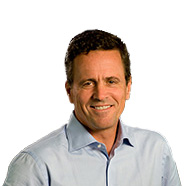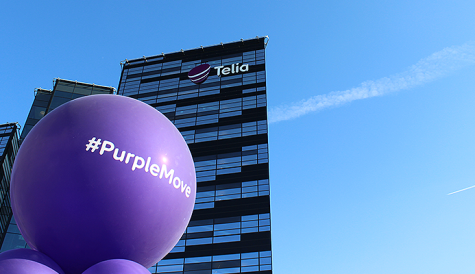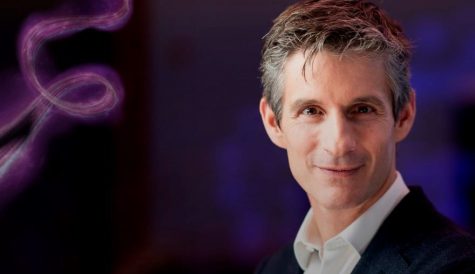“True convergence” will need smarter regulation, says Vodafone’s Humm
While fixed-mobile convergence in the form of bundling is a reality in most European countries, “true convergence” has yet to emerge will only happen if enabled by a favourable regulatory regime, according to Philipp Humm, Vodafone’s CEO for Europe.
“So far convergence has been driven by discounts and the herd effect,” said Humm, delivering a keynote at Cable Congress in Brussels this morning. “The higher the discounts the more customers will choose a converged product.”
While take-up had accelerated in countries like Spain and Portugal, where incumbents and alternative providers had engaged in intense price competition, in countries where discounts were low only a small proportion of customers were converged, said Humm.
Humm said that mobile players like Vodafone had bought fixed assets to avoid being squeezed out by incumbents. However, while convergence had been a defensive move initally, but it was now a strategic priority and “the right choice for our customers”. He said that “convergence is our future and one that we are committed to”.
Humm said that consumers will come to understand that they can consume content everywhere as content and software move to the cloud and TVs become computers, while 4G becomes ubiquitous. In the UK, he pointed out that 4G customers currently use 2GB of data but Netflix 4G customers use four to five GB.
“Once you are in the cloud you will never return to device storage,” said Humm. Operators will migrate to all-IP networks and Vodafone is already doing this, he said, while virtualisation of mobile networks is already happening.
True convergence will happen when content and software is in the cloud, said Humm.
“The beauty of true convergence is that it is super-sticky,” said Humm. “Let’s hope that on the way we don’t destroy value as the incumbents in Spain and Portugal have done already.”
Humm said that “intelligent regulation” was nevertheless required, enabling in-market consolidation and facilitating cross-market consolidation. There should be non-discriminatory access to NGNA broadband outside existing operators’ footprints, he said.
Humm said that the EC seems to be more supportive towards consolidation now, but operators like Vodafone hope to see action to match the talk.
He also said that public subsidies had to take into account of the nature of infrastructure investment.
“We see ourselves as an infrastructure based player. You need to create a level playing field. The way subsidies work is you are kind of subsidising the incumbent. Operators can upgrade their existing infrastructure to VDSL, which is cheaper than investing in the ground. If we invest we need to invest from scratch,” said Humm.
Humm said operators need access to premium content. He said operators had to convince content rights owners to give up monetising every distribution channel individual and “monetise customers instead”. He said they should “never stand in the way of what customers want”. He said he also looked to regulation to prevent exclusive content tie-ups that would not benefit consumers.
“We don’t want to buy rights; we want to distribute content. But if others buy exclusive rights, we will need to buy exclusive rights,” he said.
Humm said Vodafone had 10 million TV customers currently. Fixed networks account for 15% of revenues. He said Vodafone wanted to “get Europe back to growth” and fixed would be “a major factor in turning our European business around”. Humm said Vodafone could not have “one solution for all markets” but would move in this direction over time. At the same time it is investing in Project Spring for the upgrade of its mobile networks.
Taking questions after his presentation, Humm said mobile operators had to learn how to market fixed networks. “We see huge benefits of getting cable know-how to kick-start our DSL business again,” he said. “The biggest synergies in acquisitions are always in-market. The biggest is if you can merge mobile to mobile but mobile to cable enables you to create synergies from the backhaul network and so on.”
Addressing future trends, he said that Vodafone is investing in machine-to-machine applications, particularly in automotive, as well as energy monitoring and smart home applications. Humm said as Vodafone penetrates more a more consumer areas, it will see a big uptake of 5G, where low latency enables the distribution of HD video on the move. “That will be the next wave,” he said.




